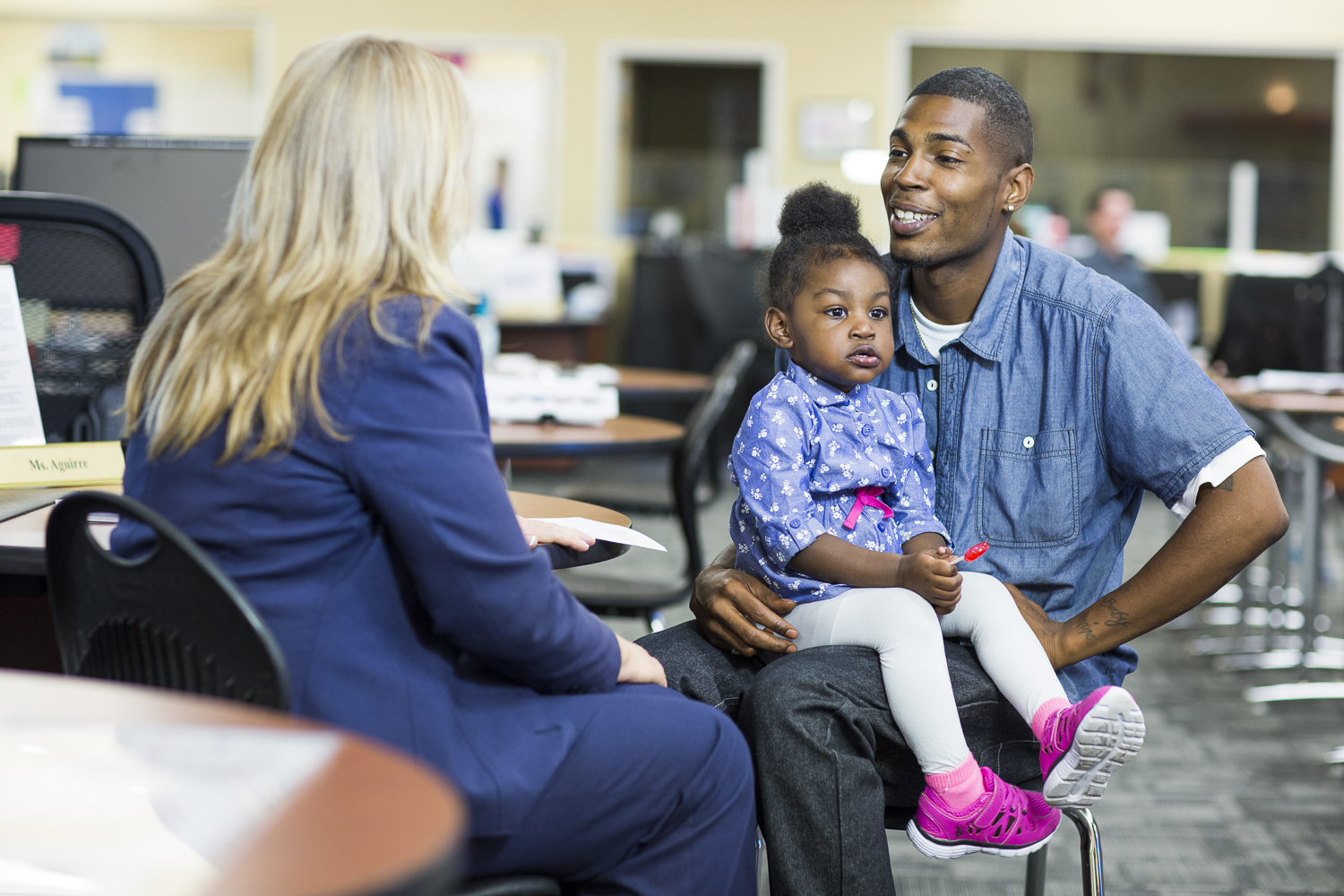
Staying engaged in school is a challenge for most at-risk students, but particularly for teen parents who have to worry about working and caring for their child(ren). Add a pandemic to the challenges they already face, and you can understand why teen parents don’t often finish high school. “Before the pandemic, we had on average of 1,800 to 2,200 parenting students in our 80+ schools,” said Staci Roth, HOPE program coordinator. “We are averaging the same number of teen parent enrollment, but with an increased need of support to stay in school, especially in our Kings, Tulare, Fresno, Madera and San Bernardino County schools.”
In response, we are expanding our HOPE (Helping Our Parenting-teens Excel) program that allows teen parents to bring their babies to school. The HOPE program provides a dedicated child-friendly classroom, mentorship and wraparound support teen parents. “While earning their diploma, students learn about child health and development, food and nutrition, and financial planning,” said Roth. “Children see their parents studying and learn to love school – starting to break the dropout cycle. We connect our HOPE students with community resources for free diapers, formula, childcare and other necessities.”
Roth points out that it is critical to keep young mothers in school, since more than 60 percent of pregnant teens drop out. Understandable – caring for a baby is demanding and there’s no time to sit in a classroom for eight hours a day. Thanks to our flexible schedule and personalized learning model, schooling can adjust to the teen parent’s needs. Students can meet with one-on-one with their teachers and counselors and either take the lessons home to complete or do their homework in the HOPE classroom with their little one.
Substantial health, social and economic costs are associated with teen pregnancy and childrearing. Teen mothers are significantly more likely to drop out of high school and face unemployment. Children born to teen mothers are more likely to have worse educational and health outcomes. The CDC estimates that teen pregnancy and childbirth cost the United States taxpayers about $9.4 billion per year in increased health care, child welfare and incarceration costs among children of teen parents.
The prevalence of teenage pregnancy is twice as high among teens in foster care. Similarly, students of color including Native Americans, Blacks, Pacific Islanders and Hispanic have two times the rate of pregnancy compared to whites. Poor and low-income teens who make up approximately 40 percent of the adolescent population account for 83 percent of teens who give birth. Watch a video about some of our teen parents.
Note: Per Staci, San Bernardino & Hanford sites need more support for teen parents to stay enrolled, but overall teen parents in our schools has dropped from 2,200 to 1,800.
Sources:
• https://calmatters.org/health/2019/10/behind-californias-record-low-teen-birth-rate/
• https://www.kidsdata.org/topic/314/teen-births/table#fmt=1192&loc=2,127,347,1763,331,348,336,171,321,345,357,332,324,369,358,362,360,337,327,364,356,217,353,328,354,323,352,320,339,334,365,343,330,367,344,355,366,368,265,349,361,4,273,59,370,326,333,322,341,338,350,342,329,325,359,351,363,340,335&tf=88
